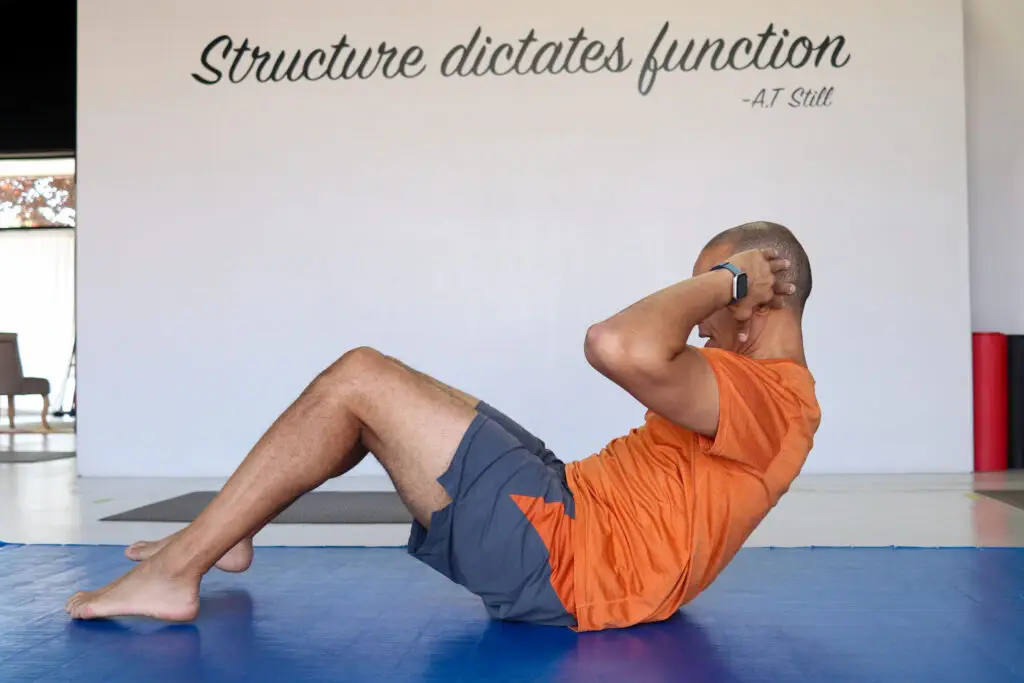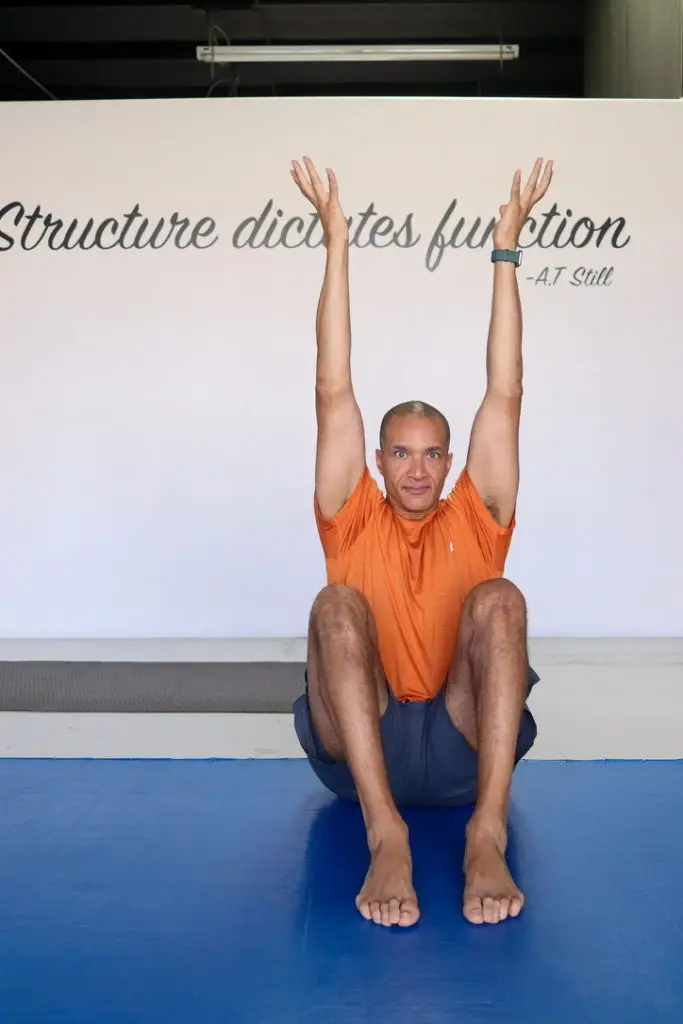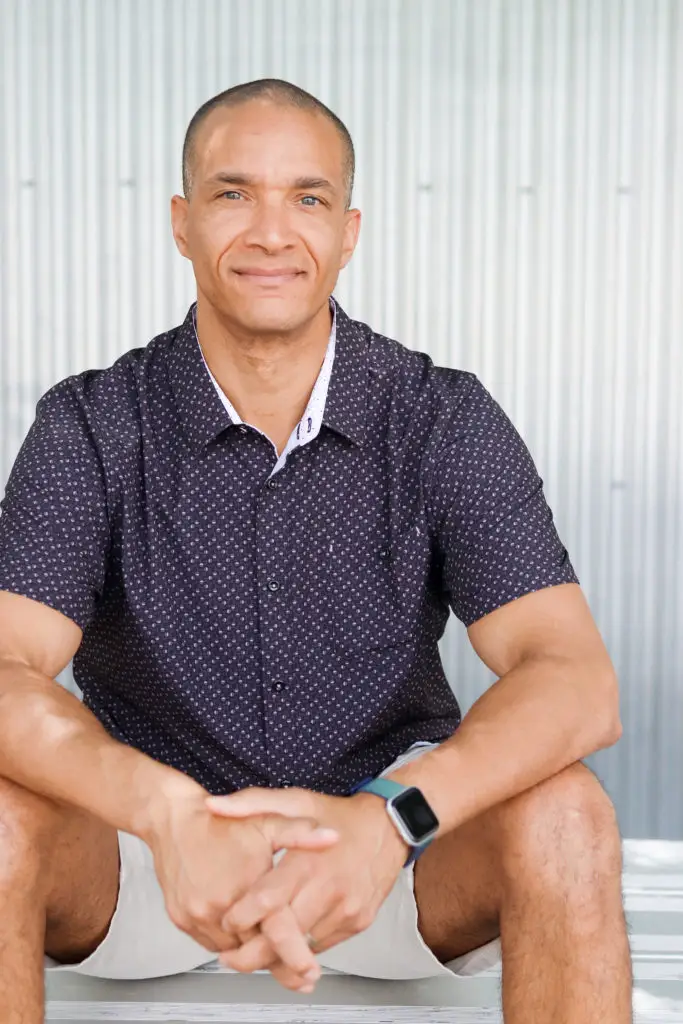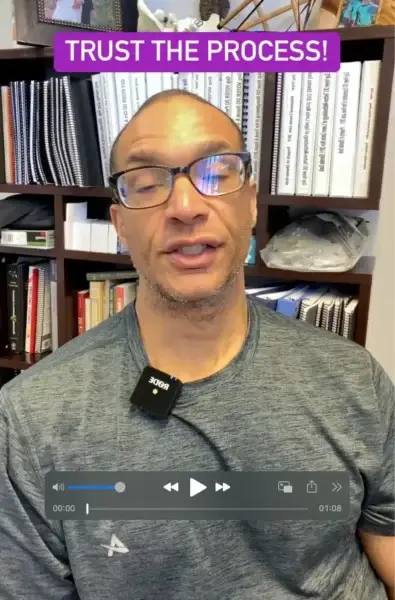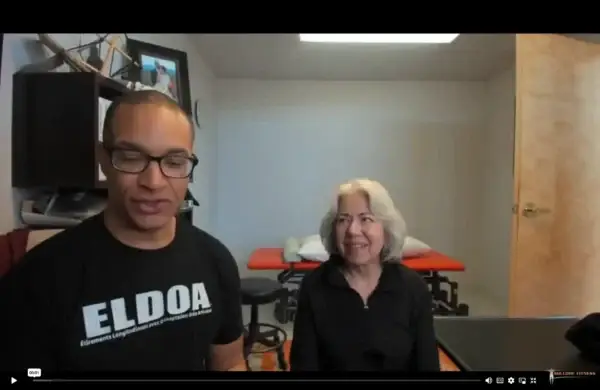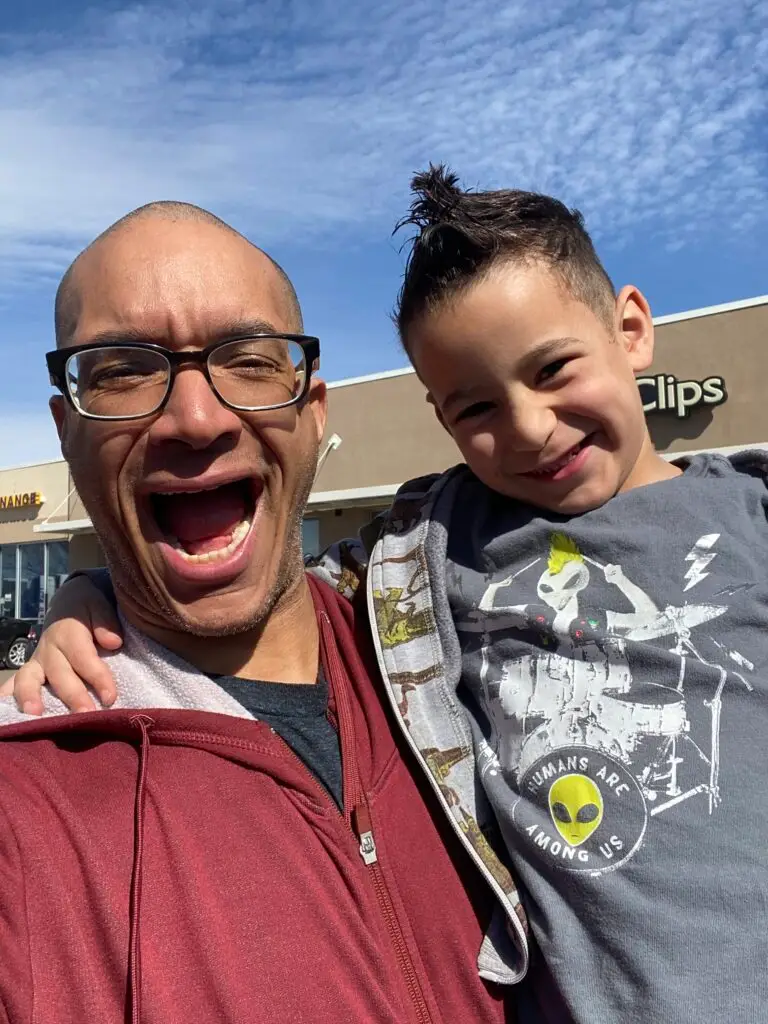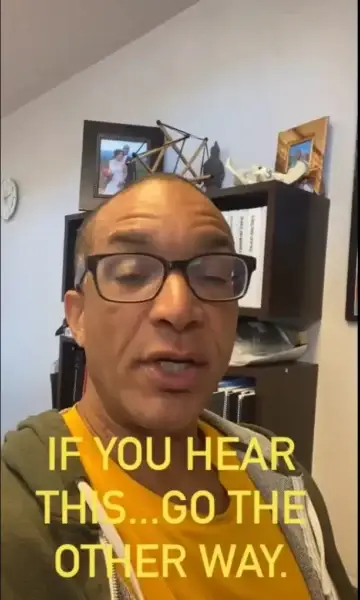
Most of us learned young that keeping promises to others is fundamental—part of trust, friendship, and reliability. But how often do you break promises to yourself, and what does it really cost? The truth is, your internal track record can make or break a fitness journey, impactful change, and ultimately, your own self-respect.
Why Broken Self-Promises Matter
Imagine promising a friend you’ll meet at sunrise and no-showing, week after week. Eventually, they’d stop counting on you. When you regularly break your own promises—“I’ll stretch every night,” “I’ll walk at lunch,” “I’ll avoid mindless snacking”—you teach yourself that your own word doesn’t matter. The cost? Growing frustration, lost momentum, and declining belief in future goals.
The Cycle of Letdown—and Why It’s Common
Life throws curveballs. You say you won’t overeat this weekend, but stress leads you to raiding the fridge. You swear to a new morning workout, but the alarm rings and you “accidentally” snooze. Each missed intention chips away at your confidence and identity as someone who follows through.
How to Break the Cycle (and Rebuild Trust in Yourself)
1. Re-evaluate Your Promises
Make sure what you commit to is what you truly want, not just what you think you “should” want. Real desires energize action; fake goals quickly fade.
2. Get Radical About Self-Honesty
What’s really sabotaging you? Lack of time, unsupportive routines, or maybe perfectionism (“I missed once—may as well give up”)?
3. Start Small and Over-Deliver
Choose the lowest-hanging fruit: a five-minute stretch, one healthy meal, a daily walk. Keep streaks manageable.
- Under-promise, over-deliver. Small wins breed big momentum.
4. Make Promises Public
Tell a friend, colleague, or coach. Accountability increases commitment—doubly so when your reputation is on the line.
5. Celebrate Each Kept Promise
Tiny rewards matter: cross the task off your list, share progress in a group, or simply savor the feeling.
6. Stack Wins and Build Self-Trust
One day becomes a week, a month, a new standard. Suddenly, you expect to follow through—and you do.
Real Client Results: “Leah’s Integrity Streak”
Leah struggled for years with weight loss and stretching routines—endless cycles of “start strong, fall off.” When she committed to just three daily promises—drink water, five minutes of breathwork, evening stretch—her identity shifted. “I’m someone who honors her word. I finally trust myself.”
The Psychology: Self-Integrity as Motivation
Research shows that keeping promises to yourself boosts dopamine, creates positive self-talk, and literally rewires brain circuits for confidence, motivation, and resilience. Conversely, breaking promises repeatedly heightens shame and self-doubt.
If You Slip (And You Will)
Relapses and off-days will happen: the key is to forgive yourself quickly, reboot, and keep going. The “never miss twice” rule is powerful. Miss a morning? Double down at night.
Coaching/Guidance Amplifies Results
If you’ve tried self-motivation but keep tripping up, a coach or group can help:
- You’ll map realistic promises and the supports needed to keep them.
- You’ll have a sounding board for setbacks.
- Progress becomes collective, not just private struggle.
Personified: Treat Yourself as You Would a Friend
Would you let down a close friend or child, again and again? Of course not! Act as your own best friend—sincere, honest, and persistent. Your self-respect is worth the effort.
The Simple Formula for Lasting Change
- Make it meaningful.
- Make it doable.
- Track and reward.
- Repair after stumbles.
- Iterate as you grow.
Ready for Support?
Not sure where to start? Want a “trust rebuild” and real routine? Book a [Free Consultation] at SolCore Fitness. Let’s clarify your goals, map out simple promises, and lay down a track record that pays off for years to come.
It’s not just working out, it’s building a foundation for a better life.
Find out more @

